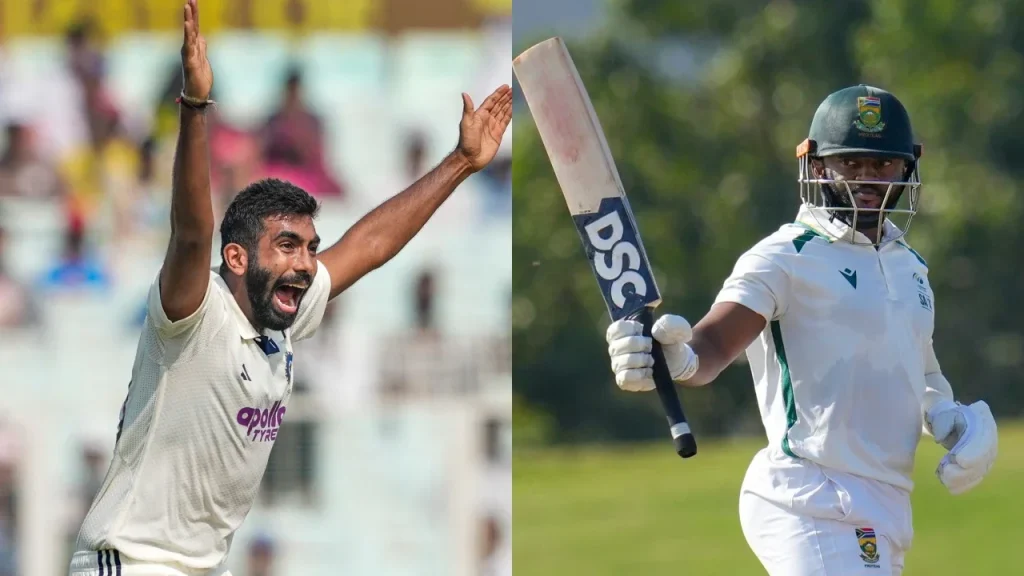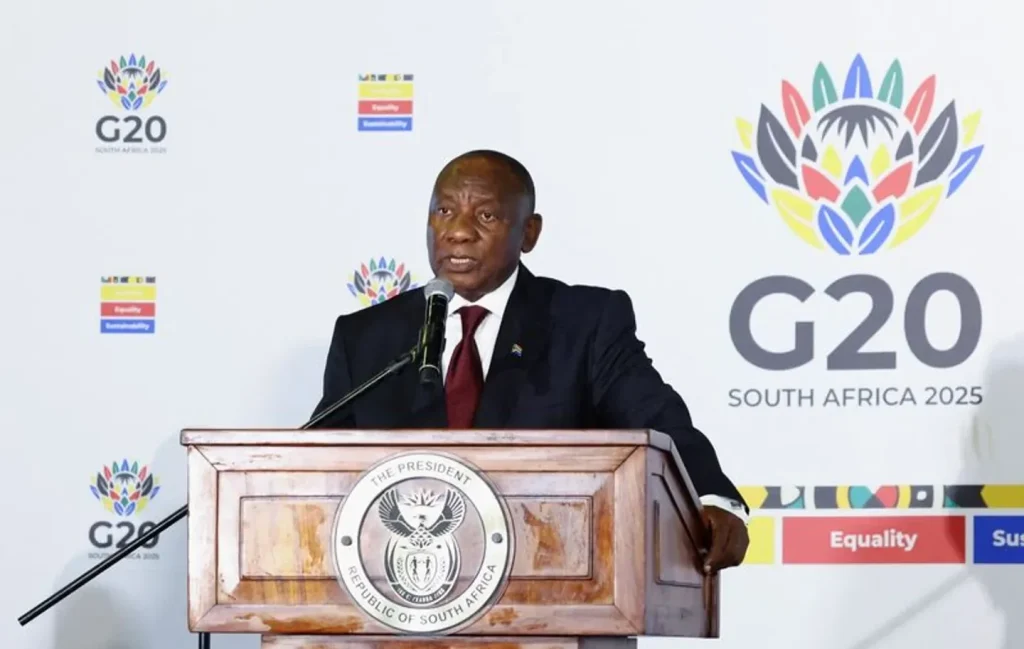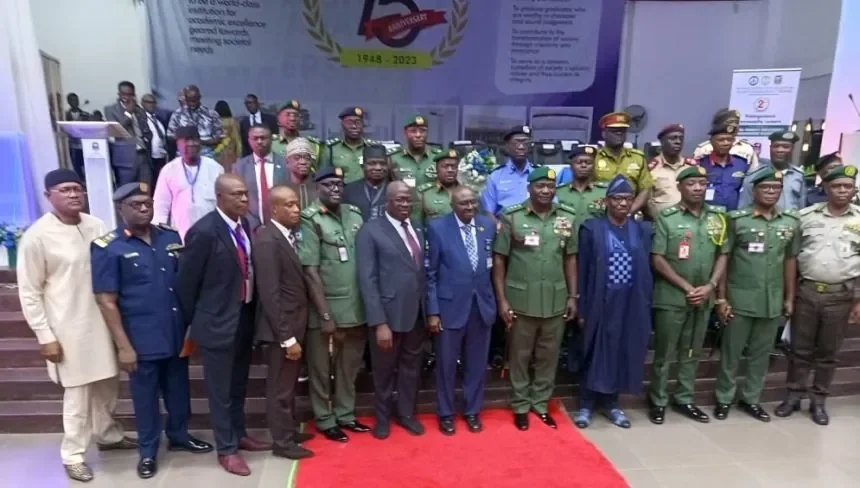Starting this Friday, Moroccan authorities will begin giving money to families whose homes were destroyed in last month’s earthquake, which killed nearly 3,000 people. The country will need about $11.7 billion over the next five years to rebuild.
After a special commission led by King Mohammed VI met earlier this week, the government announced that families will receive an initial monthly payment of 2,500 Moroccan dirhams (around $242) starting on October 6.
The devastating earthquake, which hit on September 8, mainly affected rural areas south of Marrakech. These regions, where many people rely on herding and small-scale farming, have unpaved roads, making recovery even harder. As the weather cools, many survivors are sleeping outside in tents and face the difficult task of rebuilding their lives.
This money is part of several relief efforts Morocco is offering to those affected by the quake. The government will also help with temporary housing and give up to 140,000 dirhams (around $13,600) to families to rebuild their homes. Additionally, plans are in place to rebuild 1,000 schools and 42 health centers.
On September 14, the Royal Cabinet said that around 50,000 households in the hardest-hit areas will receive the payments. Around 4.2 million people live in Marrakech and the surrounding provinces affected by the earthquake.
Morocco has also promised to improve and widen roads in the region. Farmers and herders will get more support, including subsidies for barley and animal feed to help them recover.
The earthquake damaged many historical sites in the region, which is home to Morocco’s Amazigh-speaking communities.
A special disaster relief fund was set up just three days after the earthquake. It is open for donations from both within Morocco and other countries, as well as aid organizations.
To further help the country, the International Monetary Fund has approved a $1.3 billion loan to help Morocco prepare for and respond to natural disasters. The IMF will hold its annual meeting in Marrakech next week.
In addition to the financial aid and reconstruction efforts, the Moroccan government is focusing on long-term recovery. The earthquake left entire villages in ruins, but the aim is not just to rebuild homes—it’s to strengthen the region’s infrastructure and improve the quality of life for those affected. The government’s plans to upgrade roads will help make these rural areas more accessible, which could boost the local economy in the future.
For families struggling to get by, the monthly payments are a lifeline. Many have lost not only their homes but also their livelihoods, with farms destroyed and livestock lost in the disaster. The government’s assistance for farmers and herders, including subsidizing feed and barley, will be crucial for helping them get back on their feet.
The international community has also shown its support. Morocco’s disaster relief fund has been receiving donations from governments, NGOs, and individuals around the world. This global solidarity will help fuel the recovery efforts.
As the International Monetary Fund (IMF) prepares for its annual meeting in Marrakech next week, the $1.3 billion loan it approved is seen as a major boost to Morocco’s recovery plan.
This financial support is intended to help the country become more resilient to future disasters, ensuring that the lessons learned from this earthquake lead to stronger protections in the future.
While rebuilding homes and infrastructure is the first priority, the long-term goal is to make sure that communities are better prepared for future emergencies, creating a more secure and sustainable environment for Morocco’s people.






















